The trucking industry is no stranger to change, and one of the most impactful drivers of change in recent years has been the evolving landscape of trucking regulations. As governments worldwide strive to enhance road safety, environmental sustainability, and industry standards, trucking regulations have undergone significant transformations. In this article, we delve into the key shifts within trucking regulations, their implications for drivers and carriers, and how staying ahead of these changes is crucial for success in the modern trucking world.
Understanding the Regulatory Landscape
Trucking regulations encompass a wide range of rules and standards that govern various aspects of commercial truck operations. These regulations address everything from hours of service (HOS) and driver qualifications to vehicle emissions and safety protocols. The dynamic nature of these regulations stems from the industry’s response to emerging technologies, changing environmental concerns, and an ongoing commitment to road safety.
The Evolution of HOS Regulations
Hours of Service regulations have long been a focal point in the trucking industry. Designed to prevent driver fatigue and enhance road safety, HOS regulations dictate the amount of time a driver can spend on the road before taking required rest breaks. Historically, these regulations have evolved to accommodate technological advancements such as electronic logging devices (ELDs), which have become mandatory for tracking drivers’ hours accurately.
The Impact of ELD Mandates
The introduction of ELD mandates was a game-changer in the trucking industry. ELDs replaced traditional paper logbooks, offering real-time tracking of a driver’s hours, driving behavior, and rest periods. While these devices have significantly improved compliance and reduced instances of HOS violations, they’ve also prompted drivers and carriers to adapt to more structured schedules.
Environmental Concerns and Emission Regulations
As environmental consciousness grows, trucking regulations have also shifted to address emissions and fuel efficiency. Emission regulations, such as the Environmental Protection Agency’s (EPA) Greenhouse Gas Emissions Standards, have driven the industry toward adopting cleaner technologies, including electric and hybrid vehicles. Carriers are encouraged to explore alternative fuel options and invest in fuel-efficient fleets to meet these regulations while minimizing their carbon footprint.
Safety First: Compliance with Vehicle Safety Regulations
Safety regulations have consistently remained a cornerstone of the trucking industry. The Federal Motor Carrier Safety Administration (FMCSA) continually updates safety standards for vehicle equipment, maintenance, and driver training. Adhering to these regulations ensures that carriers maintain a safe fleet and that drivers receive proper training to operate their vehicles safely.
Adapting to Autonomous and Semi-Autonomous Technologies
The emergence of autonomous and semi-autonomous technologies in the trucking industry has posed new challenges and opportunities for regulations. As self-driving trucks become a reality, regulators are working to establish guidelines for their safe integration onto roads. While these technologies have the potential to enhance efficiency and reduce accidents, they also require a balance between innovation and ensuring public safety.
The Importance of Staying Ahead
In an industry where compliance directly impacts operations, staying ahead of evolving trucking regulations is crucial. Carriers and drivers who proactively educate themselves about upcoming changes can better prepare for their implementation. This preparation might involve updating training programs, adopting new technologies, and refining operational strategies.
How Cookie Carriers Navigates Regulation Changes
Leading trucking companies like Cookie Carriers recognize the significance of regulatory changes and their impact on operations. Cookie Carriers maintains a proactive approach to staying informed about impending regulations. By investing in training and technology, the company ensures that drivers are well-prepared to adhere to the latest rules.
Moreover, Cookie Carriers embraces sustainable practices to meet emission standards and contribute to environmental conservation. The company’s commitment to compliance extends to its vehicle safety protocols, ensuring that its fleet is equipped with the latest safety features and adheres to FMCSA regulations.
Conclusion
Evolving trucking regulations are a testament to the industry’s adaptability and commitment to continuous improvement. Drivers and carriers who navigate these changes effectively position themselves for success in a rapidly transforming landscape. As technology, safety, and environmental concerns continue to shape regulations, the industry must work collaboratively to ensure the efficient and responsible movement of goods while prioritizing the safety of drivers and the general public. By staying informed, embracing innovation, and fostering a culture of compliance, the trucking industry can confidently embrace the road ahead.




